White tea, a renowned traditional Chinese tea, is celebrated for its unique production process and health benefits. However, white tea is not a single type of tea but encompasses several varieties. Let’s delve into the different kinds of white tea and discover their distinctive features.
What is White Tea?
White tea is a type of lightly fermented tea and is one of the six major tea categories. It primarily comes from Fujian Province and Jinggu in Yunnan Province. The name "white tea" comes from its appearance: the tea buds are plump and covered with fine, silvery-white hairs, giving the tea a silvery-white color.

Simple Production Process
The production process of white tea is straight forward and involves minimal processing to preserve its natural nutrients:
- Harvesting: Fresh tea leaves and buds are carefully picked.
- Withering: The leaves are naturally withered, either outdoors or indoors with controlled conditions, allowing them to lose moisture.
- Drying: The withered leaves are dried, either by sunlight or with lowtemperature baking (gentle drying), to further reduce moisture content and ensure proper preservation.
- Storage: The dried leaves are then stored properly to maintain their quality and freshness.
White tea does not undergo the more intense processes of "kill-green" (fixation) or rolling, which are common in other types of tea production. This gentle processing helps to retain the tea's delicate flavors and nutritional content.
Characteristics of White Tea
- Aroma: White tea has a fresh, delicate fragrance.
- Liquor Color: The brewed tea has a clear, yellow-green color.
- Flavor: It offers a light, sweet, and subtly fruity taste with a pleasant aftertaste.
- Nutritional Content: White tea is rich in various nutrients, including polyphenols, catechins, and vitamins, which contribute to its health benefits.
Basic Categories of White Tea
White tea can be categorized into several basic types, each with unique characteristics. The primary types include Baihao Yinzhen (Silver Needle), Bai Mudan (White Peony), Shoumei (Longevity Eyebrow), and Gongmei (Tribute Eyebrow).
Silver Needle
- Description: Known as the most prestigious type of white tea, silver needle consists solely of tender, plump buds covered in fine white hairs. The buds are slender and upright, resembling needles.
- Aroma and Flavor: It has a prominent honeysuckle fragrance with a sweet, mellow taste and a hint of floral and honey notes.
- Highly esteemed among tea enthusiasts, often considered the pinnacle of white tea.
White Peony

- Description: Harvested after Silver Needle, White Peony uses one bud and one or two leaves from the tea plant. The leaves are fine and narrow, and the tea is known for its elegant floral appearance.
- Aroma and Flavor: Known for its fresh and clear floral fragrance, White Peony offers a fuller flavor compared to Silver Needle, with subtle notes of flowers and fruit.
- Renowned for its balance of aroma and flavor, making it a popular choice among white tea drinkers.
Longevity Eyebrow
- Description: Made from the pluckings of one bud and three or four leaves, Shoumei is harvested later and has a larger production volume. There are two main types: Spring Shoumei and Autumn Shoumei.
- Aroma and Flavor: It has a richer, more robust flavor compared to other white teas, with a fruity and slightly woody taste.
- Due to its larger yield, longevity eyebrow is relatively affordable and considered an excellent everyday tea.
Tribute Eyebrow

- Description: Made from the tender leaves of seed-propagated tea plants (commonly known as "vegetable tea"), tribute eyebrow is a unique and somewhat rare type of white tea.
- Aroma and Flavor: It has a distinctive flavor profile, often less common in mainstream white teas due to its specific production method.
- tribute eyebrow is less common and often appreciated by connoisseurs who enjoy its unique qualities.
Best Type of White Tea for Beginners
For beginners who are new to white tea, tribute eyebrow is an excellent choice due to its natural advantages and ease of brewing.
- Rich and Full-Bodied Flavor: tribute eyebrow has a sweet and mellow taste with a full-bodied flavor that is easy to appreciate, even for those new to tea. The broader leaves and higher maturity contribute to its robust and comforting flavor profile.
- Aromatic Qualities: tribute eyebrow has a pleasant and uplifting aroma that can be enjoyed by tea enthusiasts at any level. The fragrant notes are not overwhelming, making it a great introduction to the subtleties of white tea.
- Ease of Brewing: Shoumei is forgiving to brew, which is perfect for beginners. Its thicker waxy layer on the leaves releases flavor slowly, making it less likely to become overly strong or bitter even with longer steeping times. This is particularly beneficial for old white tea, which requires minimal attention during brewing.
- Affordable and Accessible: Tribute Eyebrow is generally more affordable than other premium white teas like Silver Needle or White Peony, making it a cost-effective option for beginners looking to explore white tea without a significant investment.
White tea is a journey of discovery. Each sip offers a connection to its natural origins and the simplicity of its production. Over time, as you drink, love, learn, and understand white tea, you'll develop a profound appreciation for this unique tea.

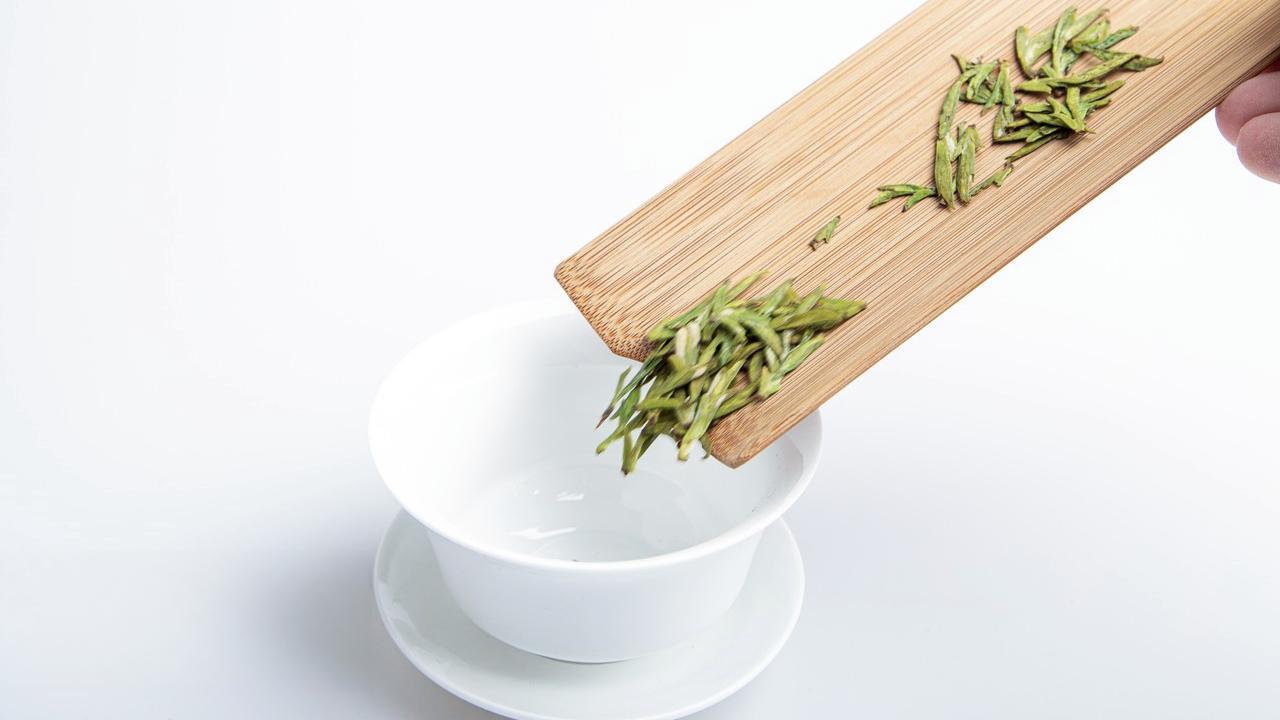
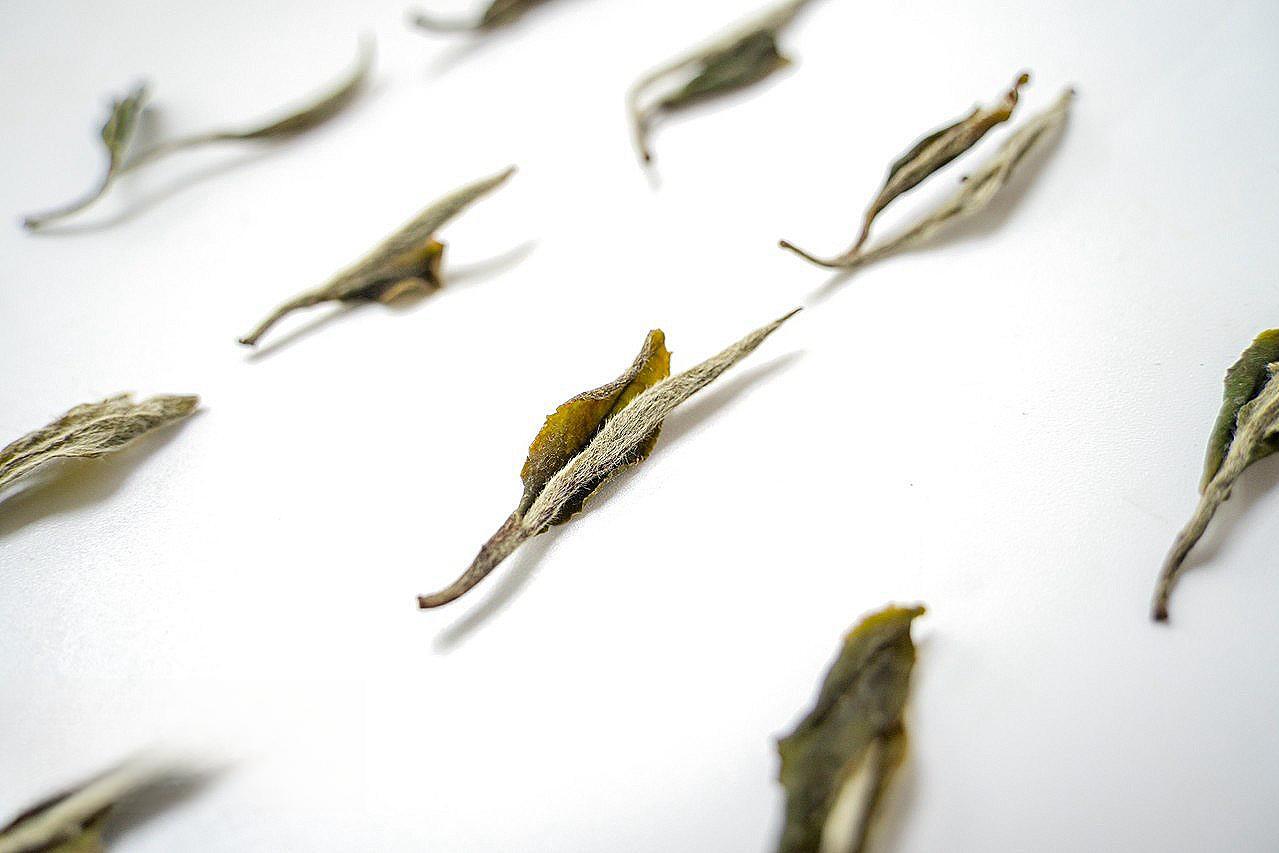

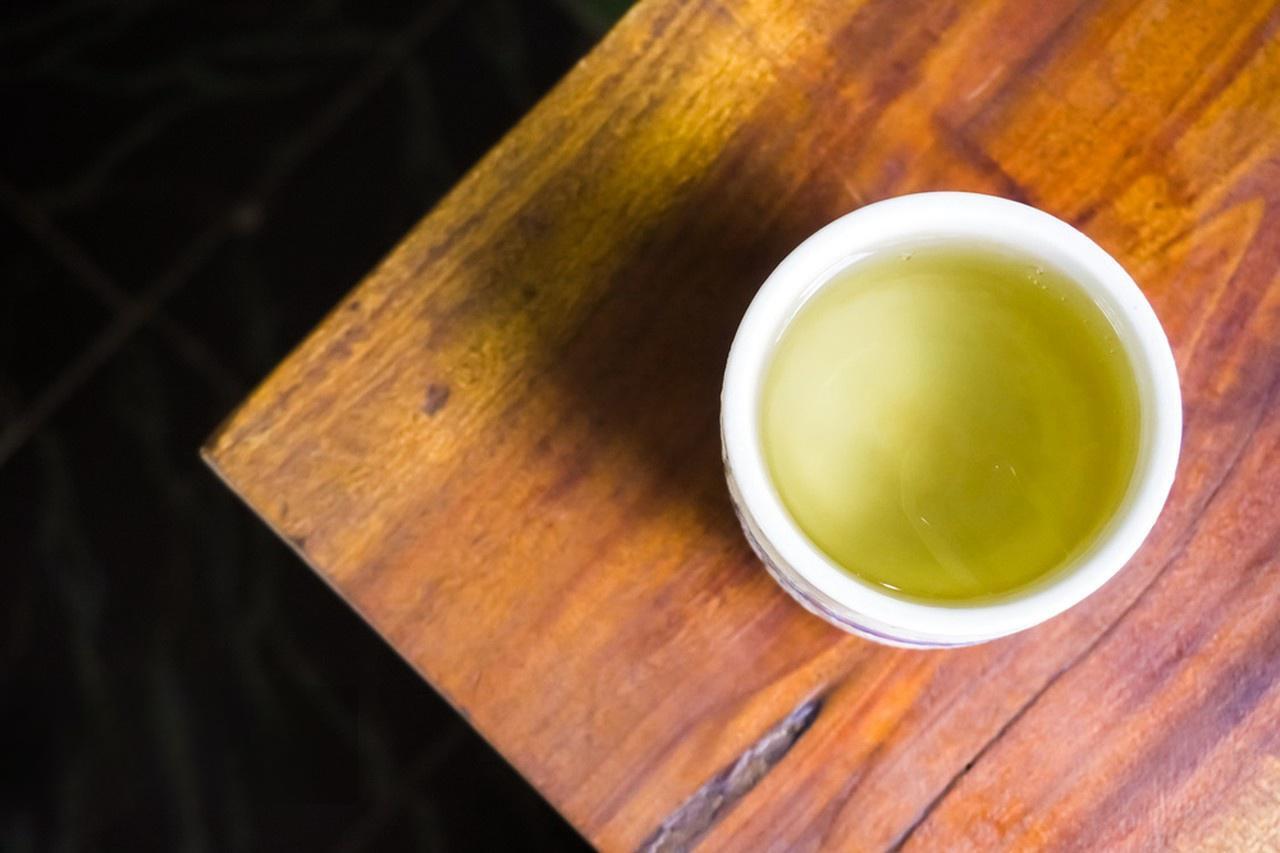
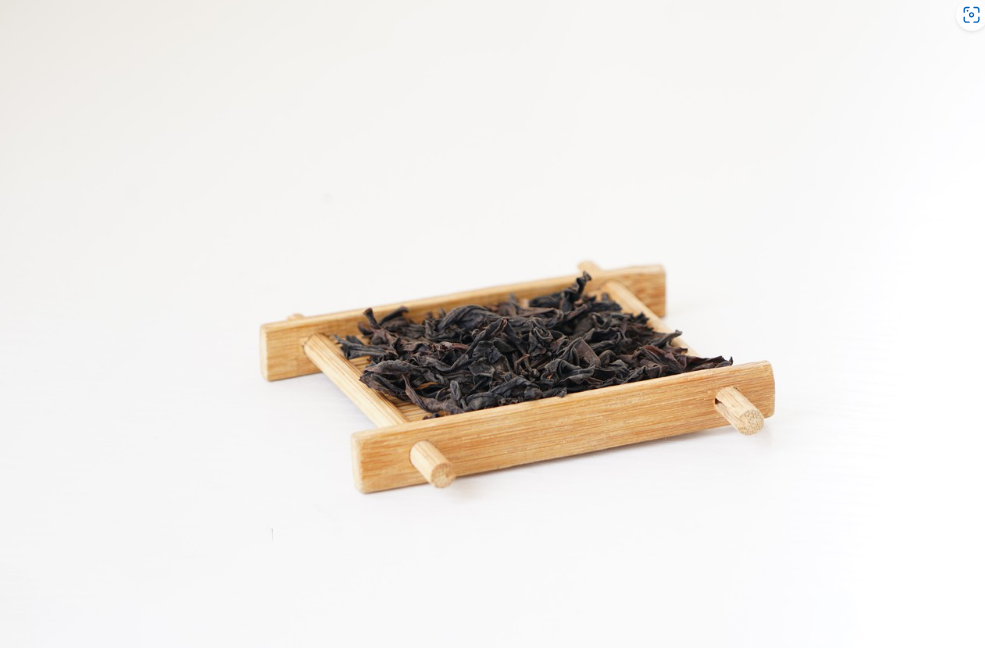
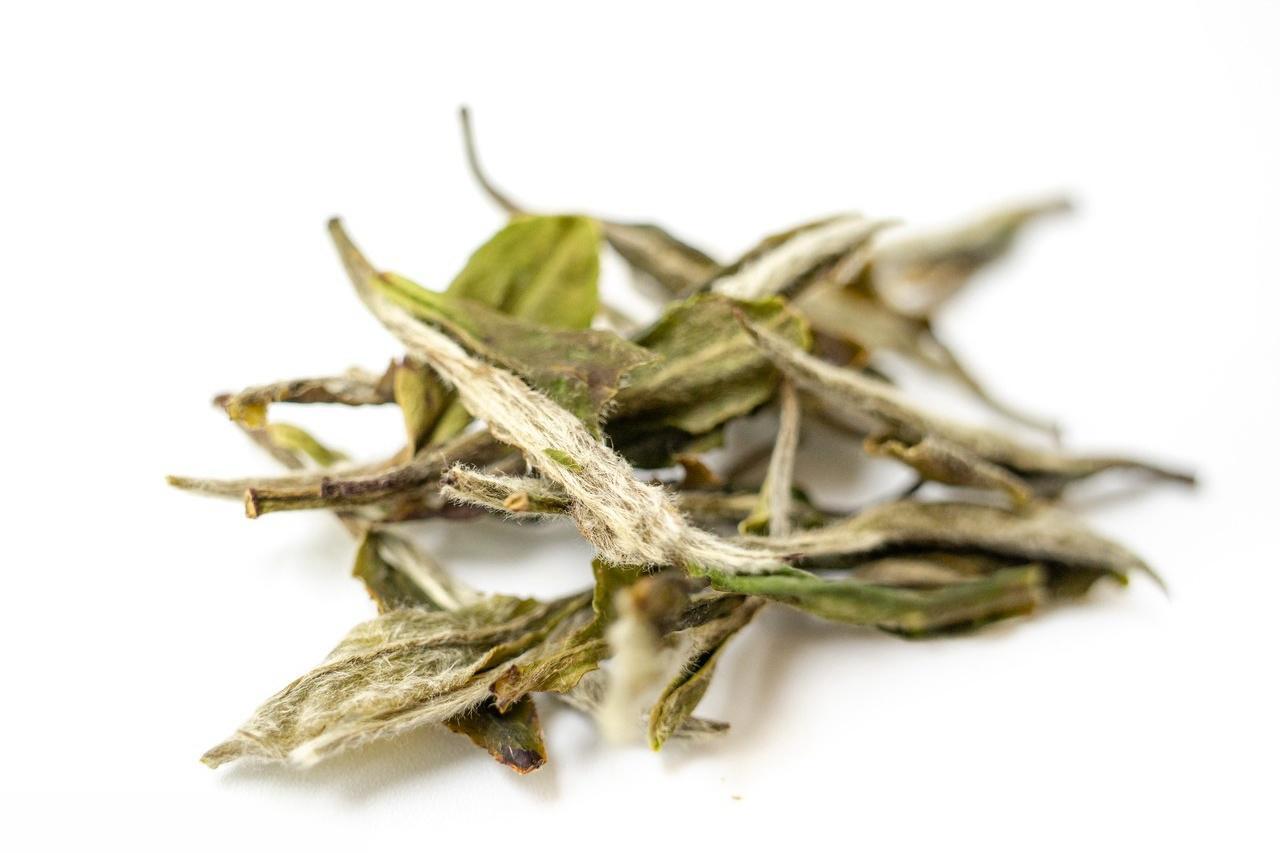
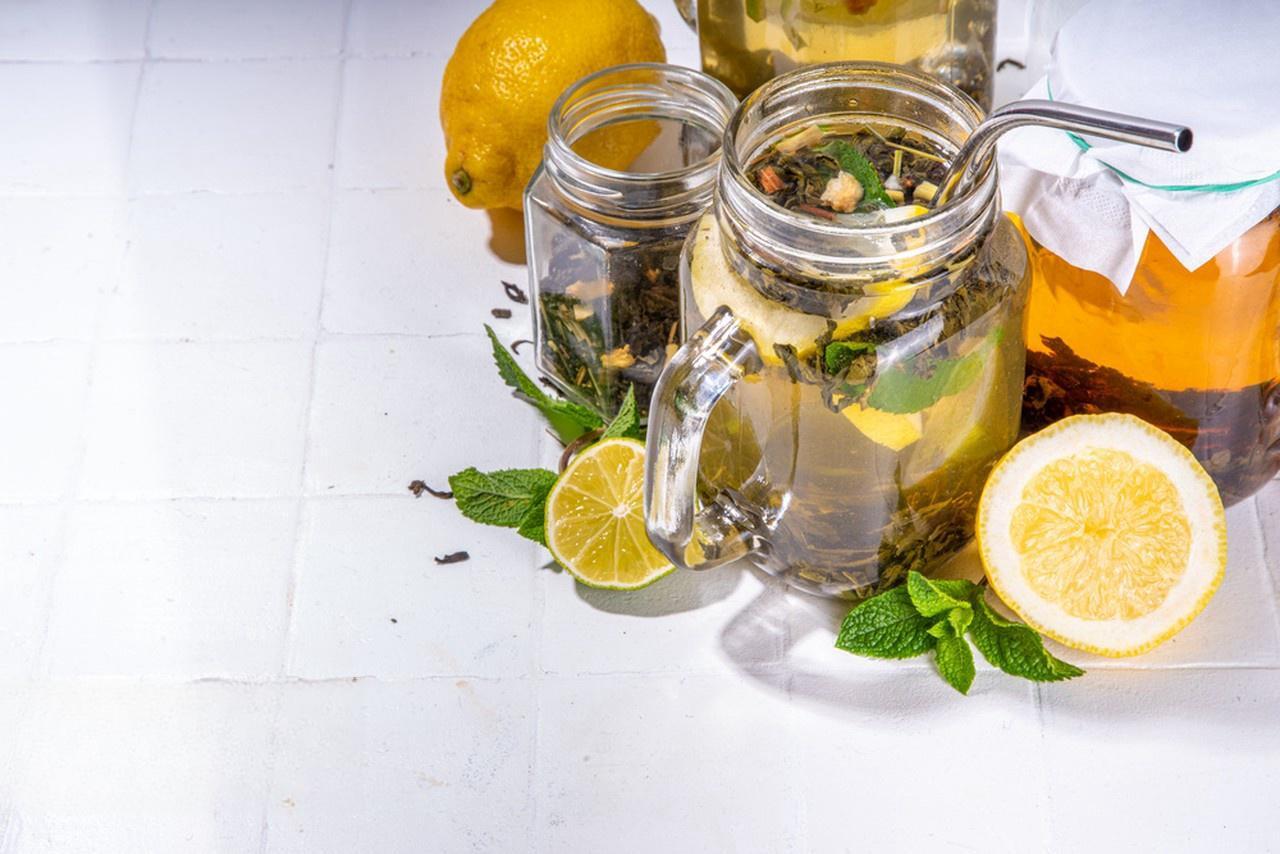
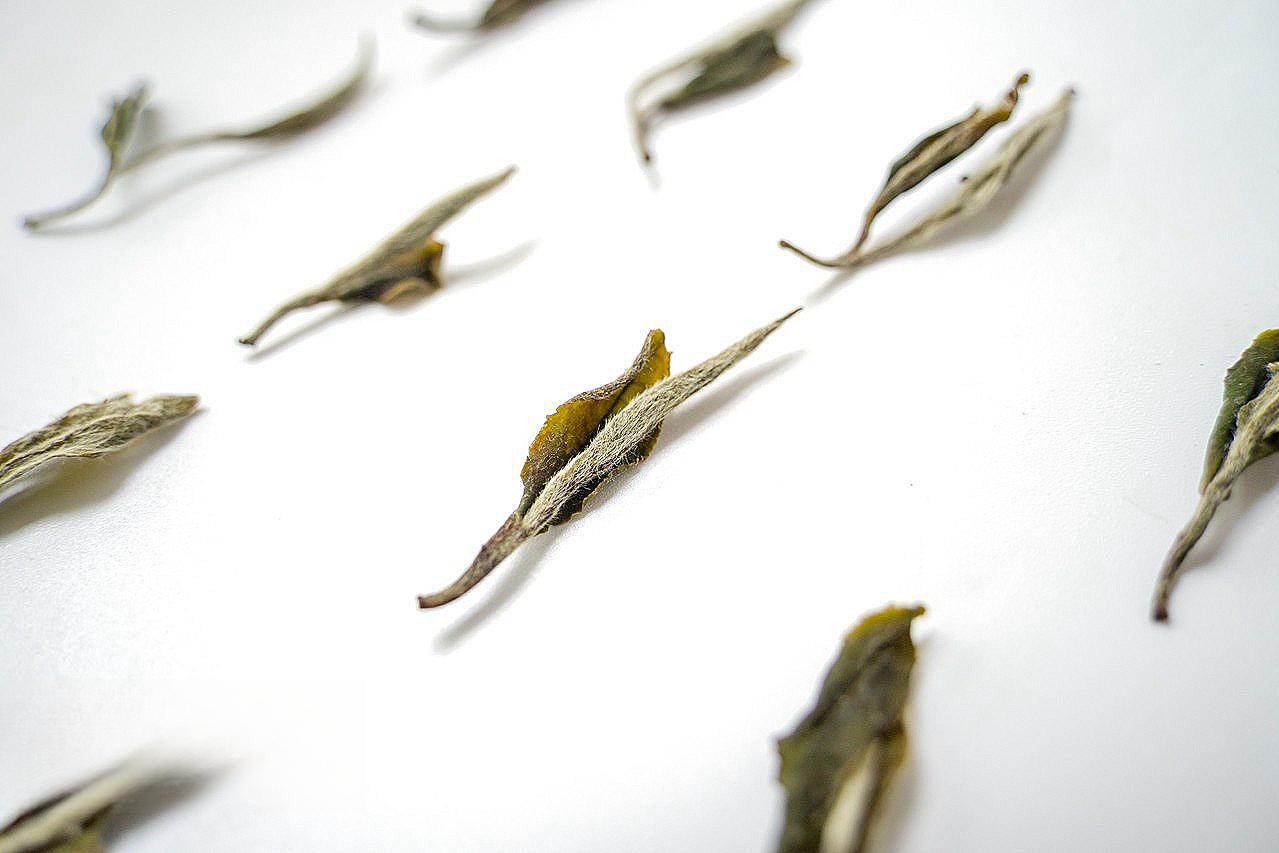
Leave a comment
All comments are moderated before being published.
This site is protected by hCaptcha and the hCaptcha Privacy Policy and Terms of Service apply.